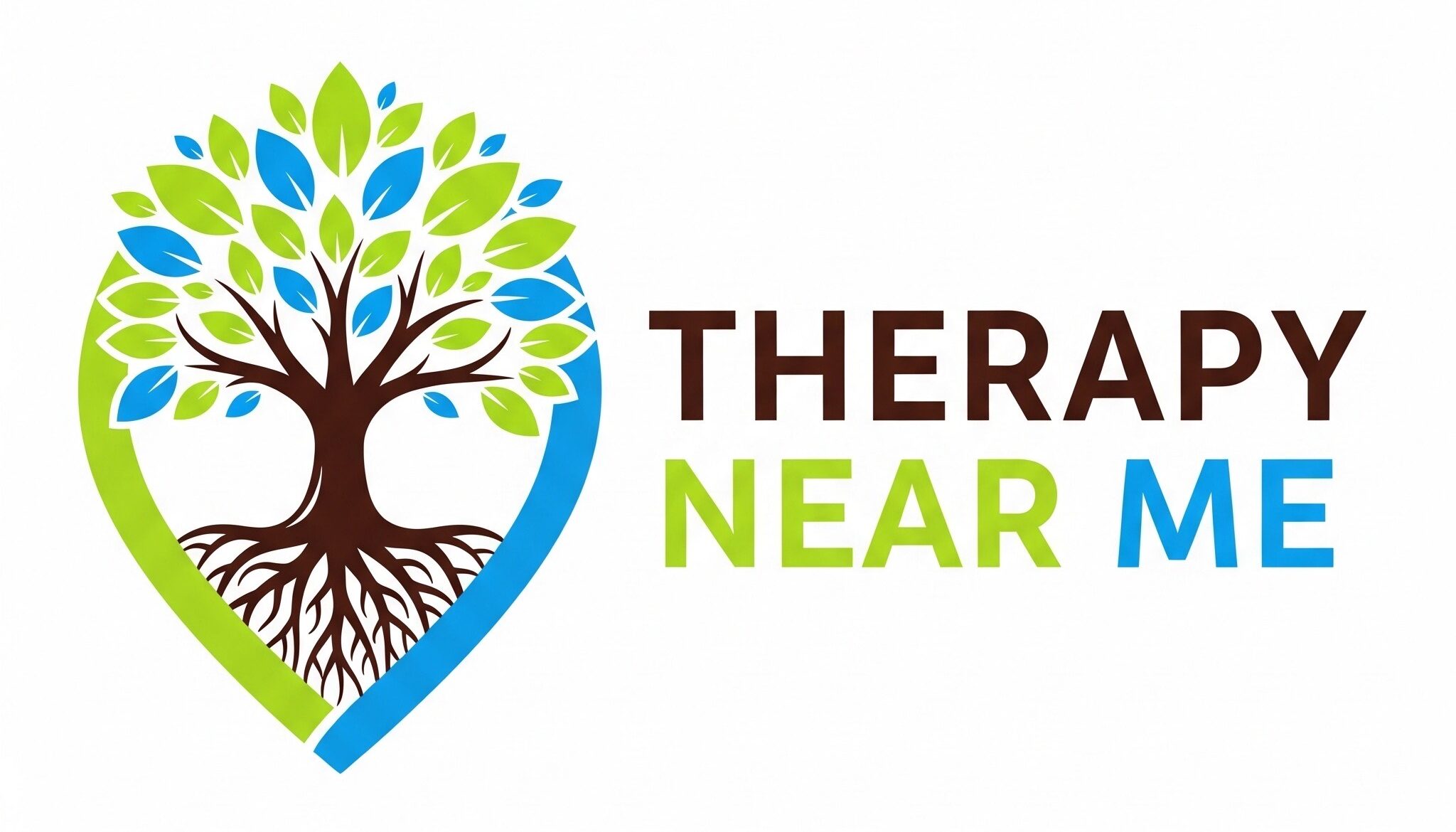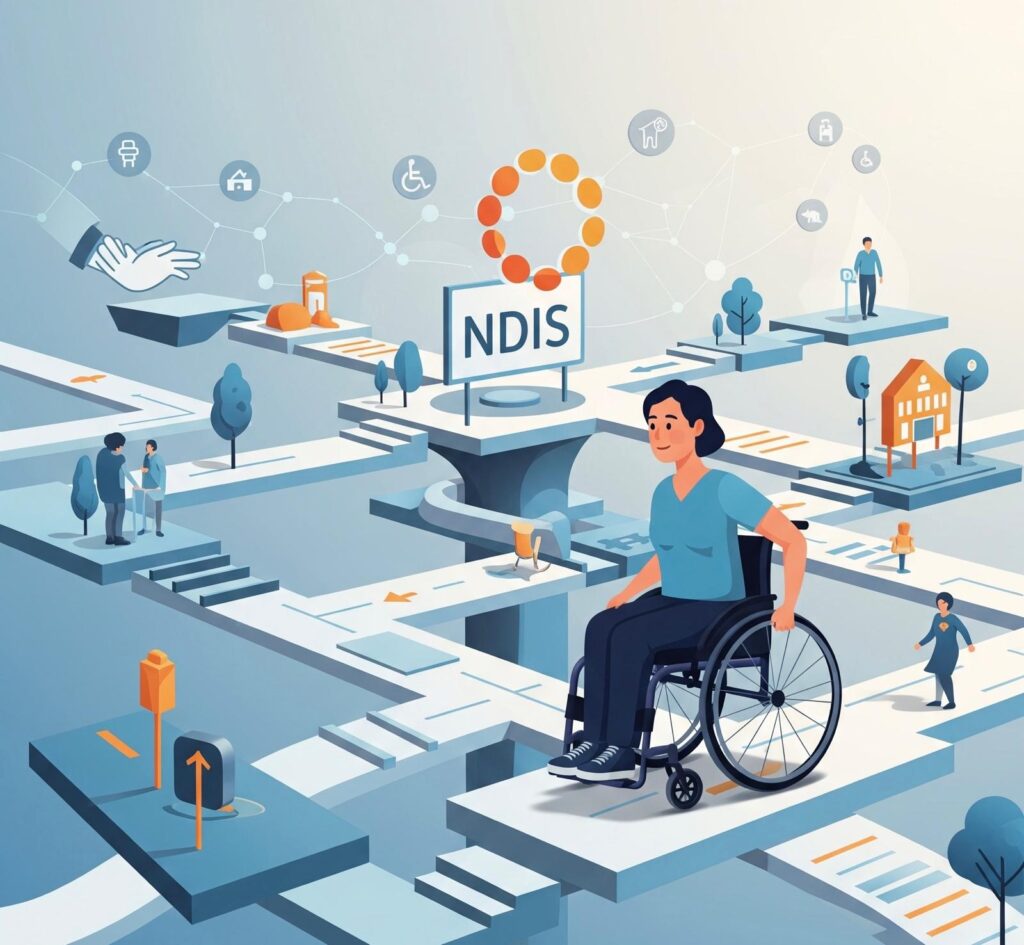In the realm of mental health and psychological treatment, the distinction between evidence-based therapies and pseudoscientific approaches is critical. Evidence-based therapies are grounded in rigorous scientific research and have been proven effective through controlled studies. In contrast, pseudoscience therapies lack empirical support, often relying on anecdotal evidence or unverified claims. Understanding the difference between these approaches is essential for ensuring that individuals receive safe, effective, and ethical care.
This article explores the characteristics of evidence-based therapies, the dangers of pseudoscientific approaches, and how to discern between the two. By shedding light on these distinctions, we aim to promote informed decision-making and protect consumers from potentially harmful treatments.
Keywords: evidence-based therapies, pseudoscience in mental health, psychological treatment, mental health therapies, effective mental health care, dangers of pseudoscience, safe psychological treatment
What is Evidence-Based Practice (EBP)?
Evidence-based practice (EBP) is an approach to healthcare that involves integrating the best available research evidence with clinical expertise and patient values. The goal of EBP is to provide high-quality care that is scientifically validated, ethically sound, and tailored to the individual needs and preferences of patients.
EBP originated in the field of medicine but has since been adopted across various healthcare disciplines, including psychology, nursing, social work, and allied health. The concept was popularised by Dr. David Sackett and his colleagues in the early 1990s, who defined EBP as “the conscientious, explicit, and judicious use of current best evidence in making decisions about the care of individual patients” (Sackett et al., 1996).
In mental health, EBP is particularly important as it helps clinicians choose treatments that are most likely to be effective, reduces the use of ineffective or harmful interventions, and supports patient engagement in their care.
Characteristics of Evidence-Based Therapies
Evidence-based therapies share several key characteristics:
- Empirical Support: EBTs are supported by high-quality research, including randomised controlled trials (RCTs), systematic reviews, and meta-analyses. These studies provide robust evidence for the efficacy and safety of the treatment (Kazdin, 2008).
- Replicability: EBTs can be consistently replicated across different populations and settings, ensuring that the treatment’s effectiveness is not limited to a specific group or context.
- Transparency and Documentation: The processes and outcomes of EBTs are well-documented, allowing other researchers and clinicians to review and evaluate the evidence.
- Adherence to Ethical Standards: EBTs adhere to ethical guidelines, prioritising patient safety, informed consent, and respect for patient autonomy (Lilienfeld, Lynn, & Lohr, 2014).
1.2 Examples of Evidence-Based Therapies
Several psychological treatments have been identified as evidence-based therapies, including:
- Cognitive Behavioural Therapy (CBT): CBT is one of the most widely studied and effective treatments for a range of mental health conditions, including depression, anxiety disorders, and PTSD. CBT focuses on identifying and changing negative thought patterns and behaviours to improve mental well-being (Hofmann et al., 2012).
- Dialectical Behaviour Therapy (DBT): Originally developed for borderline personality disorder, DBT combines cognitive-behavioural techniques with mindfulness practices. It is effective in treating emotional dysregulation, self-harm, and suicidal behaviours (Linehan, 1993).
- Exposure Therapy: Exposure therapy is an evidence-based treatment for anxiety disorders, particularly phobias and PTSD. It involves gradually exposing patients to feared stimuli in a controlled environment to reduce anxiety responses (Watts et al., 2013).
- Eye Movement Desensitisation and Reprocessing (EMDR): EMDR is a structured therapy for trauma and PTSD that involves recalling distressing memories while engaging in bilateral stimulation (e.g., side-to-side eye movements). Research supports its efficacy in reducing trauma-related symptoms (Shapiro, 2018).
The Components of Evidence-Based Practice
EBP is typically described as having three core components:
Best Available Evidence
The first component of EBP is the integration of the best available research evidence. This involves critically appraising and applying findings from high-quality studies, such as randomised controlled trials (RCTs), systematic reviews, and meta-analyses. These studies provide robust evidence on the effectiveness, safety, and appropriateness of various treatments and interventions.
In mental health, evidence-based treatments (EBTs) include therapies such as Cognitive Behavioural Therapy (CBT) for depression and anxiety, Dialectical Behaviour Therapy (DBT) for borderline personality disorder, and Exposure Therapy for post-traumatic stress disorder (PTSD) (Hofmann et al., 2012; Linehan, 1993; Watts et al., 2013).
Clinical Expertise
Clinical expertise refers to the skills, knowledge, and experience of healthcare professionals in diagnosing and treating patients. In EBP, clinicians use their expertise to assess the patient’s condition, interpret research evidence, and apply it in the context of the patient’s unique circumstances.
In mental health care, clinical expertise is crucial for tailoring treatments to individual patients. For example, a psychologist might use their experience to modify a standard CBT protocol to better suit a patient with co-occurring conditions, such as depression and substance use disorder (Westen & Weinberger, 2004).
Patient Values and Preferences
The third component of EBP is the consideration of patient values and preferences. This aspect emphasises the importance of patient-centred care, where treatment decisions are made in collaboration with the patient, taking into account their goals, cultural background, personal preferences, and values.
Engaging patients in their treatment planning fosters a sense of ownership and empowerment, leading to better adherence to treatment and improved outcomes. For example, a patient with social anxiety may prefer online therapy over face-to-face sessions, and an evidence-based practitioner would consider this preference when developing a treatment plan (Charles, Gafni, & Whelan, 1997).
The Importance of Evidence-Based Practice in Mental Health
EBP is crucial in mental health for several reasons. It ensures that treatments are effective and safe, promotes ethical practice, and supports the ongoing development of the field.
Ensuring Effective and Safe Treatments
One of the primary goals of EBP is to ensure that the treatments provided are both effective and safe. By relying on well-designed research studies, mental health professionals can choose interventions that have been proven to work, reducing the risk of harm and increasing the likelihood of positive outcomes.
For example, CBT has been extensively studied and is supported by a large body of evidence as an effective treatment for depression, anxiety, and other common mental health conditions (Hofmann et al., 2012). By choosing evidence-based therapies like CBT, clinicians can be more confident in the efficacy of their interventions.
Promoting Ethical Practice
Ethics is a central concern in mental health care, and EBP is closely linked to ethical practice. Mental health professionals have a duty to provide treatments that are supported by evidence, avoid harm, and respect the autonomy and dignity of their patients.
Pseudoscientific practices, which lack empirical support, often violate these ethical principles. They may offer false hope, waste resources, and, in some cases, cause harm to vulnerable individuals. By adhering to EBP, clinicians uphold their ethical obligations and ensure that their patients receive the best possible care (Lilienfeld, Lynn, & Lohr, 2014).
Advancing the Field of Mental Health
EBP also plays a critical role in advancing the field of mental health. By continuously integrating new research findings into clinical practice, EBP supports the ongoing development of more effective treatments and interventions. This iterative process helps to refine existing therapies, identify gaps in knowledge, and drive innovation in mental health care.
Furthermore, EBP encourages a culture of lifelong learning among mental health professionals, ensuring that they stay up-to-date with the latest research and best practices (Kazdin, 2008).
Implementing Evidence-Based Practice in Australia
In Australia, the adoption of EBP in mental health care is supported by various professional organisations, government initiatives, and educational programs. These efforts aim to ensure that mental health services are based on the best available evidence and meet the needs of diverse populations.
Guidelines and Standards
Several Australian organisations provide guidelines and standards to promote EBP in mental health care. The National Health and Medical Research Council (NHMRC) and the Australian Psychological Society (APS) publish evidence-based guidelines for the treatment of mental health conditions, offering clinicians a framework for delivering high-quality care (NHMRC, 2017; APS, 2021).
These guidelines are developed through rigorous processes that involve reviewing the latest research, consulting with experts, and considering the needs and values of patients. They cover a wide range of mental health issues, from depression and anxiety to schizophrenia and bipolar disorder, and provide recommendations for both pharmacological and psychological treatments.
Education and Training
Education and training are essential for ensuring that mental health professionals are equipped to implement EBP. Australian universities and training programs increasingly emphasise EBP in their curricula, teaching students how to critically appraise research, apply evidence in clinical practice, and engage patients in decision-making.
Continuing professional development (CPD) programs also play a key role in keeping practitioners up-to-date with the latest evidence. The APS, for example, offers CPD courses and workshops focused on EBP, helping psychologists enhance their skills and knowledge (APS, 2021).
Government Initiatives
The Australian government supports the implementation of EBP through funding and policy initiatives. For example, the Better Access initiative, which provides Medicare rebates for psychological services, requires that clinicians use evidence-based treatments. This ensures that patients receiving subsidised care are treated with interventions that are scientifically validated (Australian Government Department of Health, 2021).
Additionally, the National Mental Health Strategy emphasises the importance of EBP in improving the quality and effectiveness of mental health services across the country. This strategy aims to ensure that all Australians have access to evidence-based mental health care, regardless of their location or socioeconomic status (Australian Government, 2021).
Challenges in Implementing Evidence-Based Practice
While EBP is widely recognised as the gold standard in healthcare, its implementation is not without challenges. These challenges can hinder the widespread adoption of EBP in mental health care, but they also present opportunities for improvement.
Access to Research
One of the main challenges in implementing EBP is ensuring that clinicians have access to the latest research. While academic journals and databases provide valuable resources, they are often behind paywalls, making it difficult for practitioners to access the evidence they need. Additionally, research findings can be complex and time-consuming to interpret, requiring clinicians to have strong critical appraisal skills (Straus, Glasziou, Richardson, & Haynes, 2011).
To address these challenges, professional organisations and government agencies can provide summaries of research, develop accessible guidelines, and offer training on how to integrate research into practice.
Balancing Evidence with Individual Needs
Another challenge in EBP is balancing the application of research evidence with the unique needs and preferences of individual patients. While research provides general recommendations, it may not always account for the complexities of real-world practice. Clinicians must be able to adapt evidence-based interventions to fit the specific context of their patients, which requires both flexibility and expertise.
This challenge highlights the importance of the clinical expertise component of EBP, as well as the need for ongoing dialogue between researchers and practitioners to ensure that evidence is both relevant and applicable (Westen & Weinberger, 2004).
Resource Constraints
Resource constraints, such as time, funding, and staffing, can also pose barriers to the implementation of EBP. In busy clinical settings, clinicians may struggle to find the time to review the latest research or attend training on EBP. Additionally, some evidence-based treatments require more resources than are available in certain settings, particularly in rural or underfunded areas.
Addressing these constraints requires systemic changes, such as increasing funding for mental health services, investing in training and education, and developing innovative models of care that make EBP more accessible (Kazdin, 2008).
What Are Pseudoscience Therapies?
Pseudoscience therapies, in contrast, are treatments that claim to be effective but lack scientific evidence to support their use. These therapies often rely on anecdotal evidence, untested theories, or flawed research methods. Despite their lack of empirical support, pseudoscience therapies can be popular and widely promoted, particularly in the wellness industry.
Characteristics of Pseudoscience Therapies
Pseudoscience therapies exhibit several common characteristics:
- Lack of Empirical Evidence: Pseudoscience therapies are not supported by rigorous scientific research. Studies that do exist may be poorly designed, lack control groups, or rely on small sample sizes.
- Anecdotal Evidence and Testimonials: Pseudoscience therapies often rely on personal stories, testimonials, or case studies rather than controlled research. These anecdotes are not reliable indicators of a treatment’s efficacy.
- Unfalsifiable Claims: Pseudoscience therapies often make claims that cannot be tested or disproven. For example, they may assert that a treatment works through mechanisms that are vague or scientifically implausible (Bunge, 1984).
- Resistance to Criticism: Proponents of pseudoscience therapies may dismiss or ignore scientific criticism, instead promoting their treatments based on ideology or profit motives.
- Overreliance on Authority: Pseudoscience therapies may rely on the endorsement of charismatic figures or “gurus” rather than scientific validation. These figures often claim special knowledge or insight that is not available to mainstream science.
Common Examples of Pseudoscience in Psychology
Pseudoscience in psychology can take many forms, often capitalising on the public’s desire for quick fixes and simple explanations for complex mental health issues. Below are some of the most prevalent examples of pseudoscientific practices in psychology.
1.1 Recovered Memory Therapy
Recovered Memory Therapy (RMT) is a controversial practice that emerged in the 1980s and 1990s, based on the belief that traumatic memories can be repressed and later recovered through therapeutic techniques such as hypnosis, guided imagery, or suggestion. Proponents of RMT claimed that these techniques could uncover previously forgotten memories of childhood abuse or other traumatic events.
However, extensive research has shown that memory is not as reliable as RMT proponents suggest, and the techniques used in this therapy can create false memories rather than recover accurate ones (Loftus, 1993). False memories can lead to significant distress and damage relationships, and RMT has been widely discredited by the psychological community (McNally, 2003).
1.2 Facilitated Communication
Facilitated Communication (FC) is a technique that was promoted as a way to help non-verbal individuals, particularly those with autism, communicate by typing on a keyboard with the assistance of a facilitator. The facilitator supposedly helps the individual by providing physical support and guidance to type out messages.
However, controlled studies have consistently shown that the messages produced during facilitated communication are often authored by the facilitator rather than the individual, raising serious ethical concerns about the validity and autonomy of the communication (Mostert, 2010). Despite being debunked, FC continues to be used in some circles, leading to misinformation and false hope.
1.3 Thought Field Therapy
Thought Field Therapy (TFT) is a pseudoscientific practice that claims to treat a variety of psychological issues, including anxiety, trauma, and phobias, by tapping on specific points on the body while thinking about the distressing issue. TFT is based on the unfounded notion that psychological problems are caused by disruptions in the body’s energy fields, which can be corrected through this tapping technique.
TFT lacks empirical support, and studies have shown that it is no more effective than placebo treatments (Pignotti & Thyer, 2009). The practice has been criticised for diverting individuals from evidence-based treatments that could genuinely help them.
1.4 Neuro-Linguistic Programming
Neuro-Linguistic Programming (NLP) is a set of techniques and principles purported to help individuals change their thought







